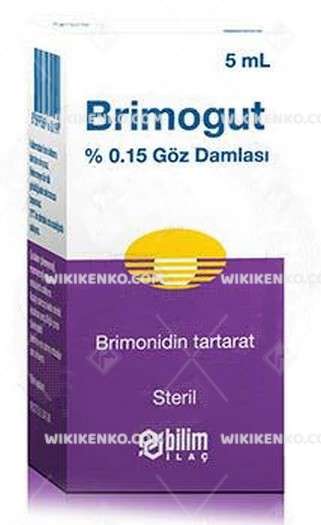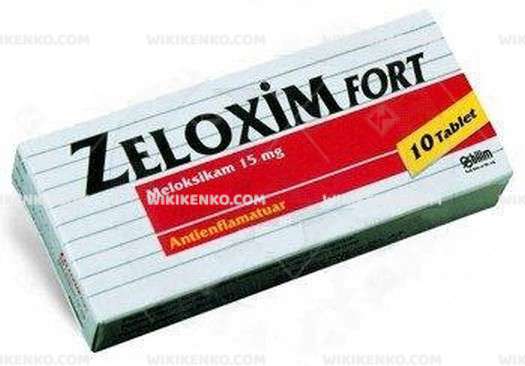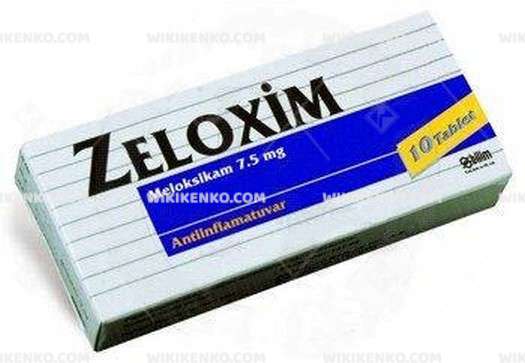Description
Brimogut is an ophthalmic solution in the form of eye drops, renowned for its efficacy in managing ocular hypertension. While primarily available in Turkey, it may also be accessible in other regions. The key ingredient in Brimogut is brimonidine, belonging to the alpha-adrenergic receptor antagonists class of drugs.
Ingredients
Each milliliter (mL) of Brimogut contains 1 mg of brimonidine, equivalent to 1.5 mg of brimonidine tartrate. The solution also incorporates several auxiliary substances, including polyvinyl alcohol, sodium citrate dihydrate, citric acid monohydrate, sodium chloride, disodium EDTA, hydrochloric acid, sodium hydroxide, and injection water.
Indications and Working Mechanism
Brimogut is primarily harnessed to combat ocular hypertension, a condition characterized by elevated pressure within the eye. This heightened pressure can potentially lead to glaucoma, a disease capable of causing damage to the optic nerve, ultimately resulting in vision loss.
The active ingredient, brimonidine, acts by reducing the production of fluid in the front part of the eye (aqueous humor) while enhancing fluid drainage from the eye. These dual actions effectively lower intraocular pressure.
Administration and Guidelines
Brimogut is administered topically to the eye. Proper usage entails a series of steps:
- Wash hands thoroughly.
- Tilt the head backward.
- Using an index finger, gently pull the lower eyelid away from the eye to create a pouch.
- Place a drop of Brimogut into the pouch.
- Close the eyes gently.
- Apply slight pressure to the inner corner of the eye for 1 to 2 minutes.
Precautions
Before embarking on Brimogut treatment, several precautions merit attention:
- Allergies: Avoid Brimogut if there is a known allergy to brimonidine tartrate or any other components.
- Monoamine Oxidase (MAO) Inhibitors: It should not be used in conjunction with MAO inhibitors.
- Pediatric Use: Brimogut is not suitable for children under 2 years old.
- Underlying Health Conditions: Patients with a history of kidney or liver problems, depression, reduced mental capacity, restricted blood flow to the brain, heart issues, diminished blood flow to extremities, or blood pressure concerns should exercise caution.
Brimogut Side Effects
As with any medication, Brimogut can potentially induce side effects, although not everyone will experience them. Common side effects may include:
More Common Side Effects:
- Blurred or loss of vision
- Burning, dry, or itching eyes
- Discharge or excessive tearing
- Disturbed color perception
- Double vision
- Halos around lights
- Headache
- Itching of the eye
- Night blindness
- Overbright appearance of lights
- Redness of the eye or inner lining of the eyelid
- Swelling of the eyelid
- Tearing of the eye
- Tunnel vision
Less Common Side Effects:
- Ache or pain in the eye
- Blindness
- Bloody eye
- Blurred vision or other change in vision
- Change in color vision
- Confusion
- Decreased vision
- Difficulty seeing at night
This list is not exhaustive, and individuals may encounter other side effects. If any adverse effects arise while using Brimogut, seeking prompt medical consultation is advised.
Storing
While specific storage conditions for Brimogut may not be mentioned, it should be stored securely, out of reach of children and pets. Additionally, it’s crucial not to use this medication past its expiration date.
Alternative Treatments
For individuals seeking alternative treatments for ocular hypertension, several options are available:
- Medications: Consider alternative medications such as generic prostaglandin analogues (PGA), beta-blockers, carbonic anhydrase inhibitors, sympathomimetics, or miotics if Brimogut is not achieving the desired results.
- Selective Laser Trabeculoplasty (SLT): This laser treatment offers an alternative approach to lower intraocular pressure when medications are insufficient.
- Lifestyle Changes: Stress management techniques, including deep breathing exercises, yoga, physical activity, and spending quality time with family, can complement treatment efforts.
Always consult your healthcare provider or ophthalmologist before embarking on any new treatment regimen for ocular hypertension.
Conclusion
In conclusion, Brimogut Eye Drop stands as a formidable ally in the battle against ocular hypertension. Its effectiveness in reducing intraocular pressure offers hope for those at risk of glaucoma. However, the responsible use of Brimogut, coupled with the guidance of healthcare professionals, is paramount. Remember that your healthcare provider is your primary resource for personalized advice on managing ocular hypertension and exploring alternative treatments.
Table: Key Information about Brimogut Eye Drop
| Attribute | Details |
|---|---|
| Composition | 1 mg of brimonidine per mL, equivalent to 1.5 mg of brimonidine tartrate |
| Form | Ophthalmic solution (Eye drops) |
| Indications | Ocular hypertension |
| Usage | Topical administration to the eye |
| Pediatric Use | Not recommended for children under 2 years old |
| Storage | Follow general medication storage guidelines |
| Allergies | Avoid if allergic to brimonidine tartrate or components |
| Medication Interactions | Avoid use with MAO inhibitors |
| Health Conditions | Use with caution in patients with specific medical conditions |












Reviews
There are no reviews yet.